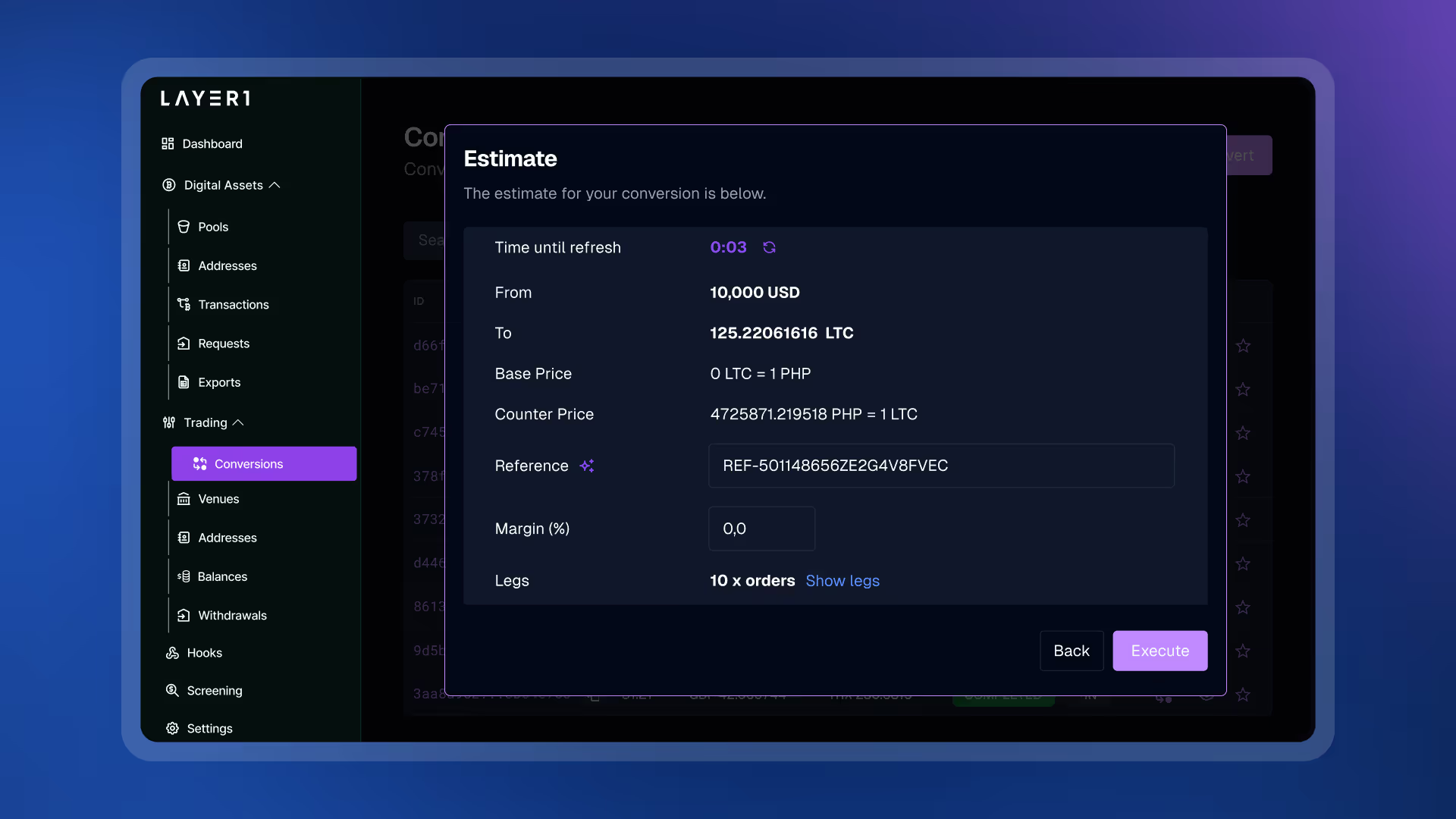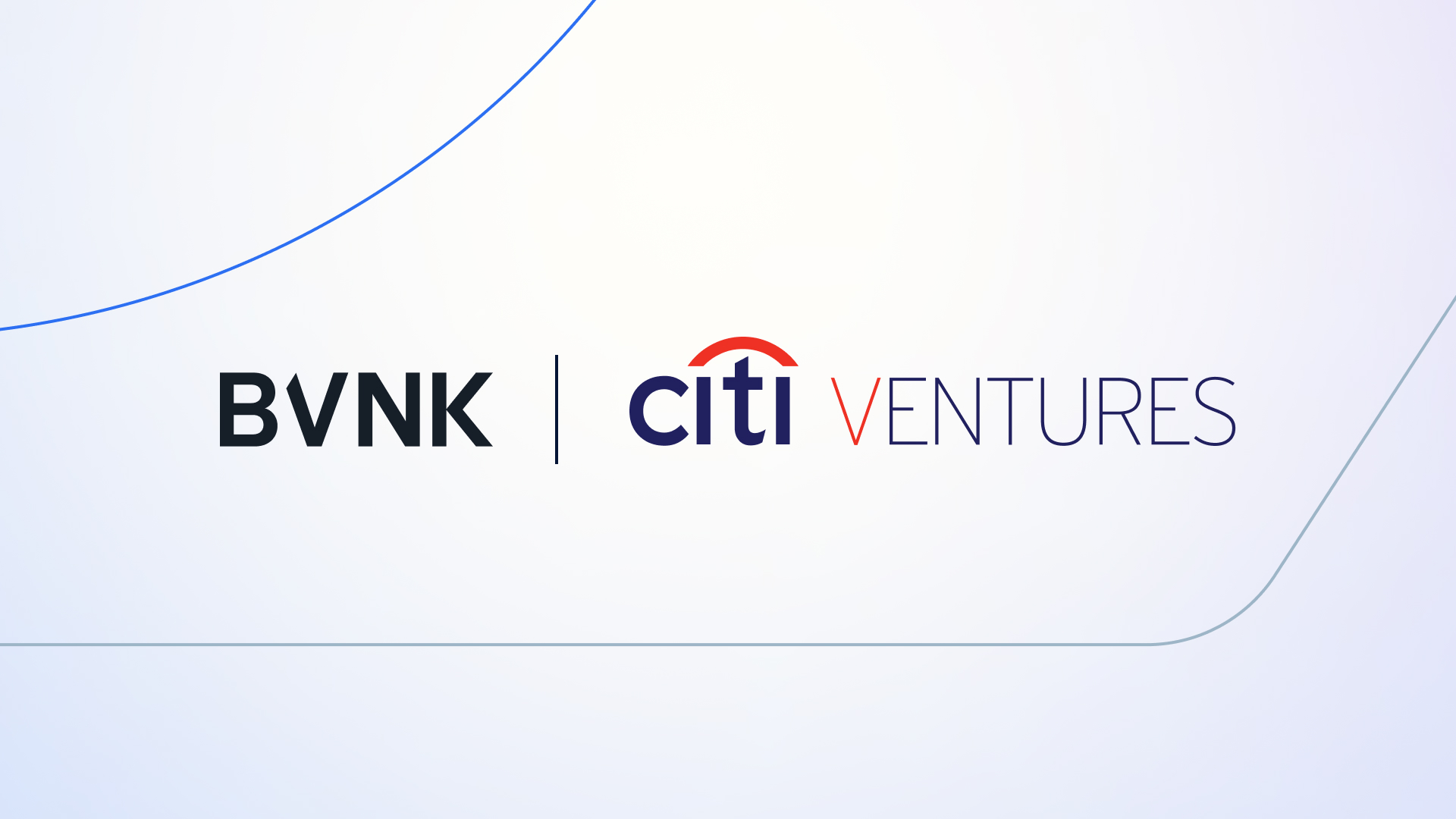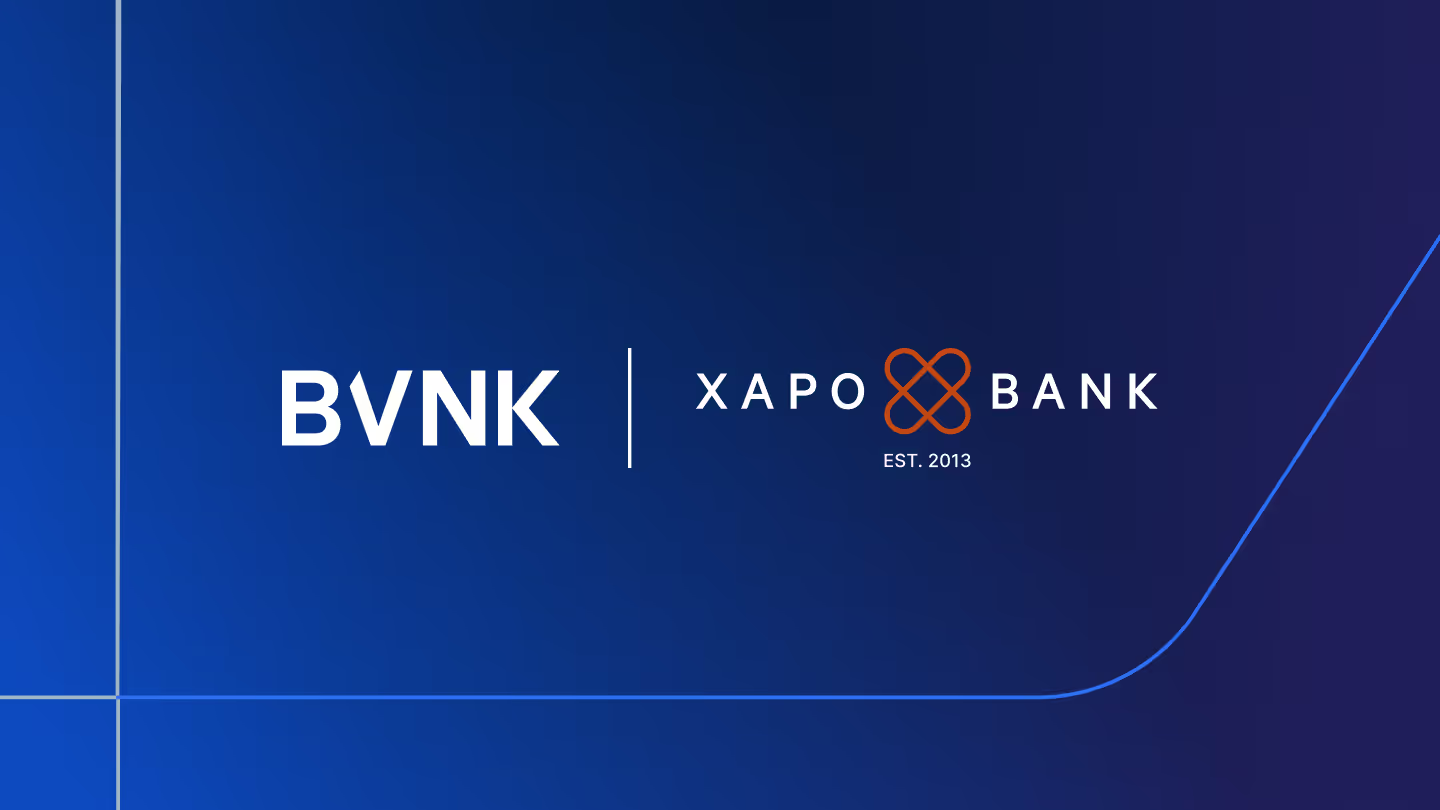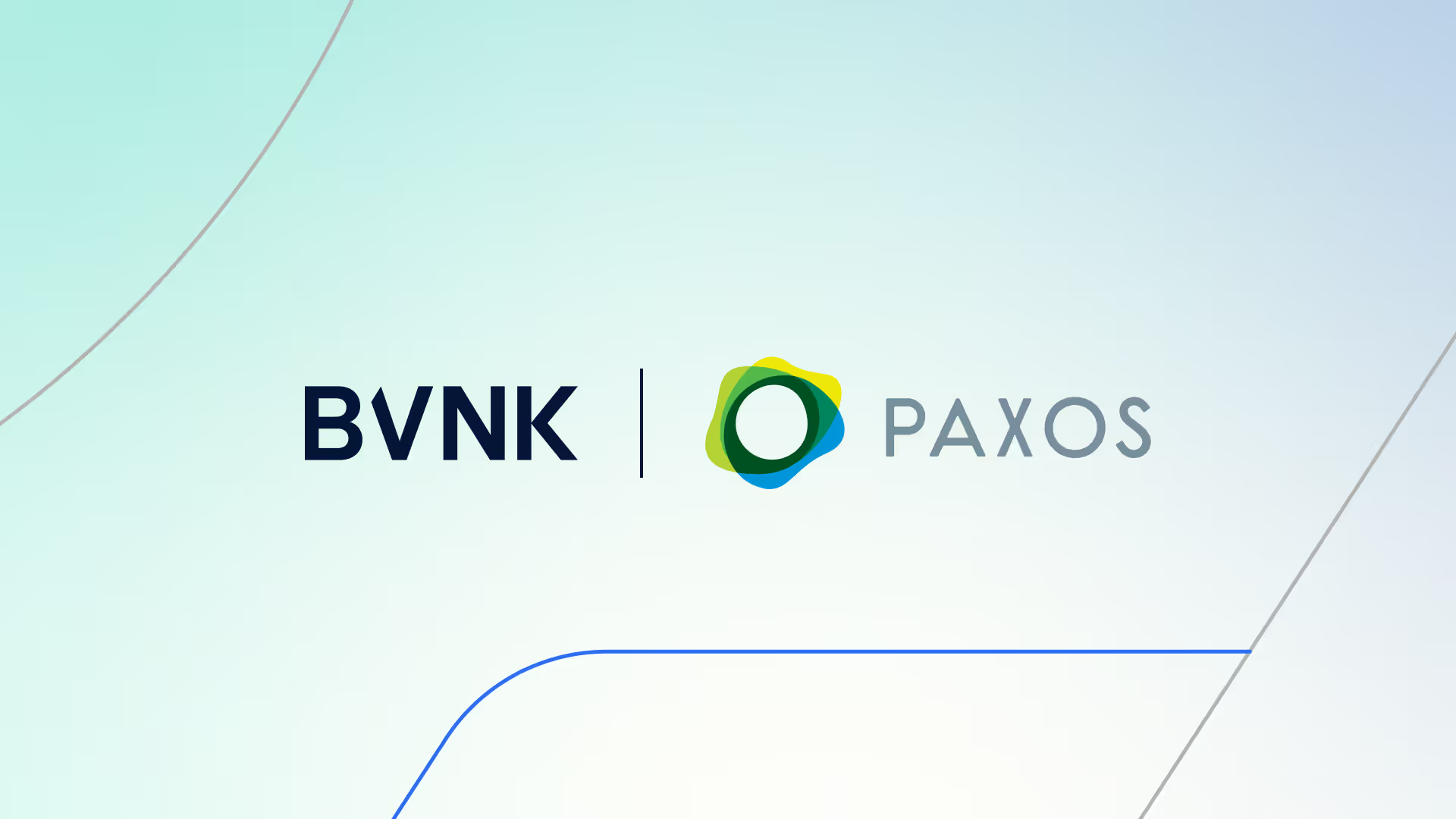As stablecoin adoption grows among financial institutions, operational complexity grows with it. First-generation crypto wallet systems weren't designed for enterprise scale.
If you're managing stablecoins in-house, this might sound familiar: urgent Slack messages about stuck transactions, manually logging into multiple exchanges to check rates, and spreadsheets tracking gas fees across chains – all while juggling liquidity demands and explaining settlement delays to clients.
Today's payment operations teams need to manage global liquidity 24/7, move funds securely between venues, and execute trades efficiently across multiple liquidity pools. Yet the infrastructure supporting these operations often falls short.
Here we cover 4 common challenges for payments teams managing stablecoins in-house – and how BVNK's Layer1 platform addresses each one.
1. You’ve got fragmented wallets across multiple chains and tokens
Payment teams typically manage dozens or even hundreds of wallet addresses across blockchains and tokens. This fragmentation can lead to scattered liquidity, and creates a reconciliation nightmare, with teams manually tracking balances across disconnected systems, often using spreadsheets as the glue between wallets, exchanges and internal systems.
How Layer1 solves it: Layer1 auto-detects and consolidates on-chain deposits into fully-segregated asset pools — grouped by customer, region, asset type, or operational purpose. Behind the scenes, we sweep crypto dust, fund gas wallets, and maintain a live, unified view across chains. You get clear, real-time visibility and control, without the operational drag.
2. You don’t have visibility into cross-chain balances in real-time
Making informed decisions requires comprehensive visibility across all assets, but most organizations lack real-time insight into their positions across multiple chains and venues. This information gap forces decisions based on outdated data, leading to suboptimal liquidity management.
How Layer1 solves it: Layer1 provides a single operational view of all wallet balances across chains and pools, including reserved (pending) versus available funds. This real-time visibility enables teams to make decisions based on current data rather than historical reports, improving liquidity management and reducing operational risk.
3. You’re manually managing liquidity between venues
Moving liquidity between trading venues is another operational burden. Payment teams often find themselves logging into multiple exchange accounts, initiating transfers, monitoring confirmations, and then repeating the process for each venue: all while market conditions rapidly change.
How Layer1 solves it: Layer1's smart order routing and connected exchange APIs enable you to move liquidity across 60+ venues directly from a single dashboard. The platform can trigger multi-leg and multi-venue conversions automatically, optimizing for best execution while dramatically reducing operational overhead. Instead of managing each venue separately, you can implement comprehensive liquidity strategies across your entire trading ecosystem.
4. You’re managing customer and operational funds but it's hard to separate the two
Segregating client funds from operational capital is both a regulatory requirement and an operational necessity. Yet many organizations struggle with this separation when using the same infrastructure for both purposes, creating compliance risks and reconciliation challenges.
How Layer1 solves it: Layer1 lets you tag wallet addresses within asset pools to create automated segregation between customer balances and internal operations. All transaction data is mapped with unique references (customer IDs), ensuring clear separation while maintaining operational efficiency.
As stablecoin transaction volumes grow, payment operations need infrastructure that scales with them. Layer1 was designed for enterprises and financial institutions managing digital asset payments at scale, turning bottlenecks into competitive advantage. Learn more
Latest news
View allGet payment insights straight to your inbox



.jpg)







.jpg)
.avif)
.avif)
%20(1).avif)





